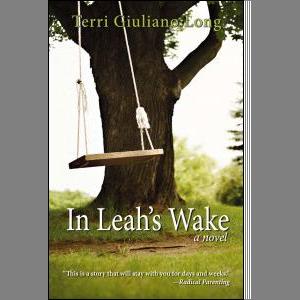After politely criticizing nearly every sentence in my first submission, my critique teammates suggested I read several books. Eager to learn, I ordered them all before I left the building.
When they arrived, one stood out: Strunk and White’s The Elements of Style. Because it was super-skinny I chose to read it first, thinking it would be a quick read.
I powered through the opening pages. “Form the possessive singular of nouns by adding ‘s.” OK, got it. “Do not break sentences in two.” No problem. I never do. In short order, I had polished off Section I.
I attacked the next section “Elementary Principles of Composition” without pause. After a few pages, my pace slowed. This section made me feel uneasy. For example, I already knew to “Use the active voice.” However, the critique team had pointed out a number of places where I had lapsed into passive voice.
After I read the segment: “Omit needless words,” I stopped.
I recall a time, when my drinking experience consisted of beer and wine in screw-top bottles, a friend stopped by with a bottle of Grand Marnier. After filling two tumblers, we attempted to drink at our normal pace. It proved impossible. After a few gulps, we changed to sipping. By the time I had finished the first glass, I felt warm inside.
That was how I felt after 25 pages of Strunk and White. The words were condensed and concentrated. Like a fine liquor, the contents needed to be sipped and savored. After gulping down my first glassful, I felt overwhelmed.
I spent several months reading and then re-reading The Elements of Style. After each sip from the pages, I’d inspect my work, looking for places where I could apply the concepts.
I spent a whole month incorporating the advice to “omit needless words.” Extraneous words that added little value filled my initial drafts. At first, it seemed counter-intuitive that stripping words added power and clarity. I had been inserting extra words in my attempts to add clarity. I’m still amazed at the degree of improvement fewer words can deliver.
I am aware that the book has its critics. There are several items where I disagree as well. But, pound for pound, this book has provided more value than any other in assisting me master the art of writing.
If you’re an aspiring author, and you’ve never read Strunk and White’s masterpiece, do yourself a favor, click on the link below and pick up a copy.
(Full disclosure: If you do so, We earn a commission. Thank you.)
Comments
Related Posts

Why Using WAS and WERE Is Bad Writing Technique
I challenge you to use the James Wilber technique of stopping whenever you type the verbs ‘was’ or ‘were’ until you find a better way to communicate your idea.

How to Overcome Writer’s Block – A Compendium of Solutions
I’ve compiled the best tips on overcoming writer’s block from all around the web. If your stuck, here are some great ideas to help you break through.

Choosing the Best Novel Writing Software
Novel writing software should speed the process of capturing your words, formatting your work for sharing and incorporating feedback. Here are my recommendations.

Book Review: In Leah’s Wake by Terri Giuliano Long
In her debut novel, In Leah’s Wake, Terri Giuliano Long explores the aftermath created when a teenage soccer star falls for a party-loving boy with a drug-dealing past.



